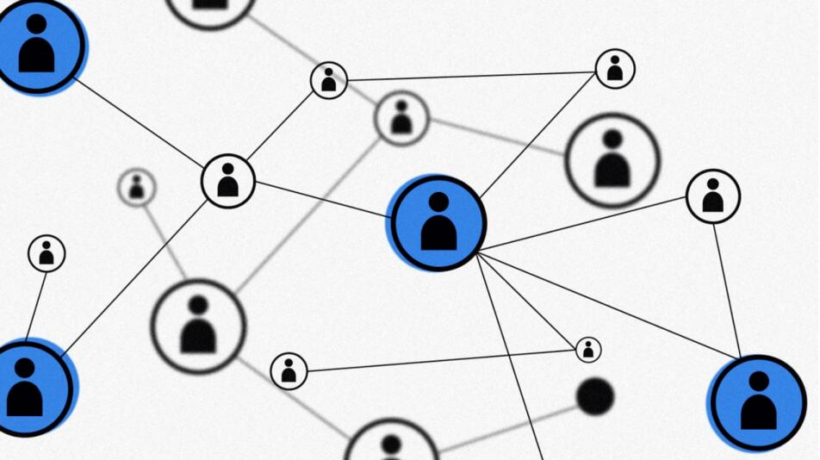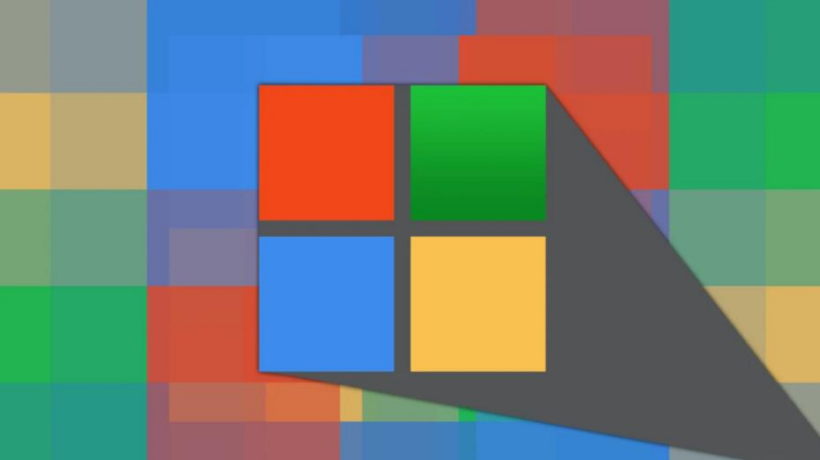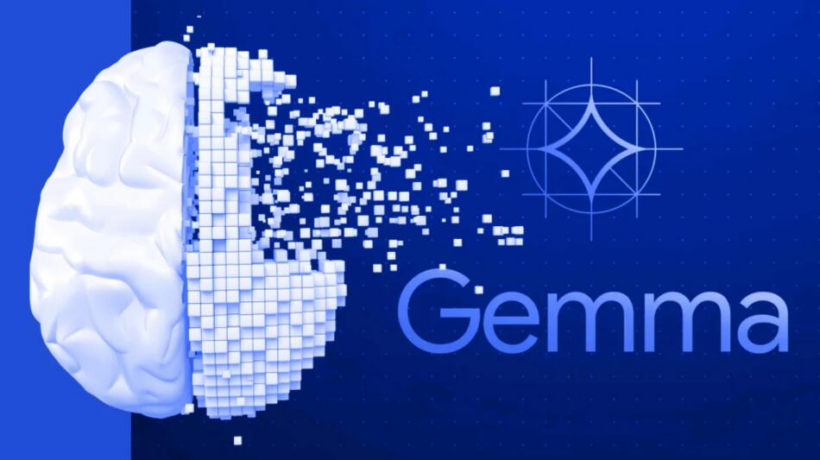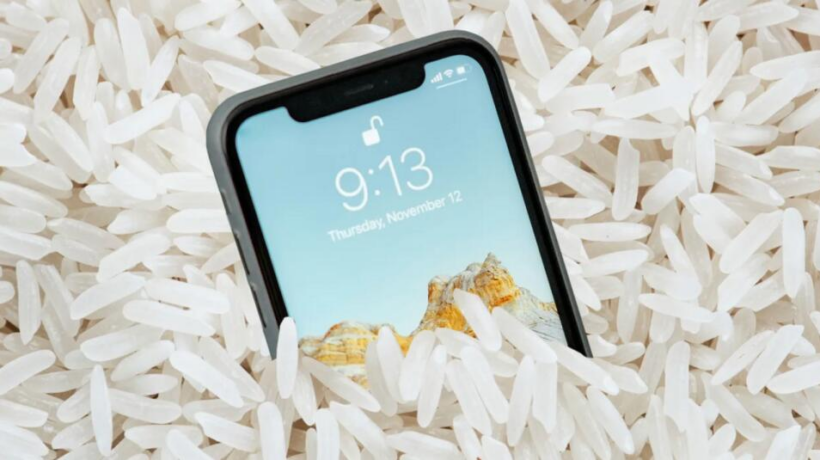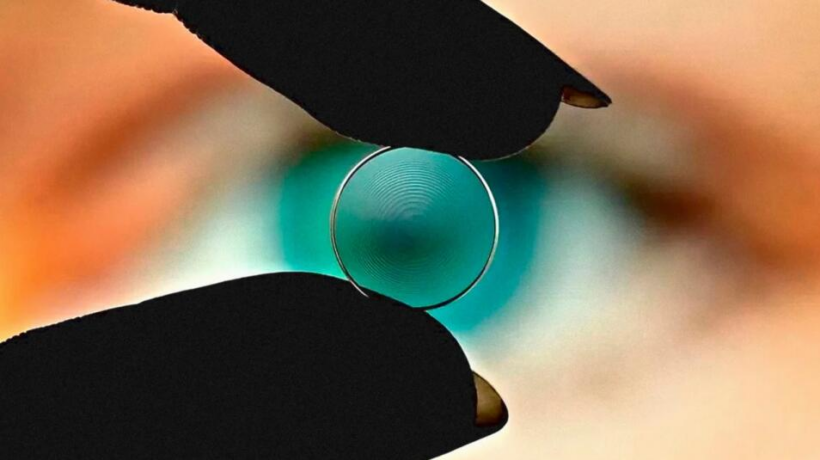Instagram. Pinterest. Augmented reality apps from Ikea and Amazon. There are all sorts of ways we try to reimagine the design of our homes—without actually hiring an interior decorator. And, frankly, none of them are amazing yet.
A new startup cofounded by Venus Williams wants to fill this gap. Called Palazzo, it’s an AI-based interior design service. You upload a photo of any room, and through a discussion with an AI chatbot, the system will render a convincing makeover of your space.
Palazzo launches in beta today with a relatively barebones feature set. But the team has big aspirations.
“Our vision is to create a space where everything home is in one place,” says Williams.
While obviously known for her record-smashing tennis career, Williams has emerged as a notable designer-entrepreneur in her own rite. She founded the interior design firm V Starr back in 2002, known for projects including Chicago’s Midtown Athletic Club and the PGA National Resort Spa in Palm Beach Gardens, FL. More recently, she founded the plant-based food startup Happy Viking. (Notably, she announced a pause for her fashion brand, Eleven, earlier this month.)
Williams brings design expertise to complement her tech-forward cofounders Raffi Holzer (who built the construction tech company Aviir) and Edward Lando (a successful angel investor who sits on board of Misfits Market). Together, they’re building Palazzo to be the first step in redesigning a room or starting a larger home renovation.
“We want to make design fun and easy,” says Wiliiams. “If you talk to anyone who says, ‘I’ve just gone through a renovation,’ they’ve about had a heart attack. We don’t want that. We want people to be able to see [the design], feel confident about it, and have fun with it.”
Trying Palazzo myself, I start by uploading a quick snapshot of my living room—and in a quest for realness (OK, laziness), I leave my curtains in a state of disarray along with a few pairs of shoes and dog toys strewn out on the carpet. QR code pairing makes it mindless to link your phone to the desktop site, and within a few moments, I’d uploaded my room to tweak.
I opted to skip the quiz built to identify on my design aesthetic and went straight to work with an eager chatbot that will be familiar to anyone who has used ChatGPT or similar LLMs. With the chat window on the left, and my room on the right, I suggested we rethink the space in a lush Hollywood Regency style, and the system responded with gusto, suggesting a few colors for me to choose between complete with swatches. Once we’d settled on a color scheme, the system got to generating my vision (which takes about a minute or two).
I’ll say, I’ve spent hours dreaming up fantastical images in Midjourney and Dall-E, the experience of seeing your own, real space reimagined through the lens of AI is a totally different—and perhaps more gratifying—sensation. It’s like a first-person simulation of that mid-aughts design show, Trading Spaces.
The system responded to my Hollywood Regency request by reupholstering my leather couch in rich green velvet. In fact, green velvet made its way onto the ceiling and walls. My wood floors were painted black, while my dog crate and other surfaces were gilded. Ritzy!
Besides one mistake—a keyboard I had set up on a table was imagined as a second fireplace—what I saw was very much my living room reskinned in another style. When I pointed out the error to the system, it generated another image, erasing that second fireplace and replacing it with a table. And this time it gave me a crocodile skin ceiling, which I can’t say that I hated.
Then with a quick ask, Palazzo remade my room into Scandinavian with hygge-approved beige tones and fuzzy furnishings. (I’d hoped for some strategic pools of light, but I couldn’t get the system to add lamps.) To challenge things a bit, I asked for a room inspired by pop art wallpaper with Memphis-style furniture. I don’t know if it quite picked up on Memphis geometries, but the colors and patterns were certainly trending that way.
For the effort and cost (users get 10 free credits to start, and can get more by inviting friends to the platform), I certainly appreciated the results, and a few wonky pixels here or there didn’t feel like they compromised the transformative vibe of the room. But the main limitation was that I couldn’t actually get the system to redesign my room.
While it was amusing to see how AI reimagined my dog’s ugly black crate we have stuck in the corner, none of the furnishings fundamentally changed their shape or position. The room was simply resurfaced or reupholstered rather than rearranged. Even when I asked for more seating and a specifically different arrangement, and the system agreed to build it, I received another reskin.
Of course, this is where Palazzo is today: a beta. Into the future, Williams notes that they want to introduce far more capability. One option will be to style-transfer a design to your room—literally taking a photo from somewhere like Dwell that inspires you and applying its style to your own space.
Its also worth noting that remaking your own home is one part of Palazzo’s mission. There’s a strong social component to the platform. You can share your designs for friends to comment upon, or open them to the public. (I could see this playing out as a real collaborative tool with family or friends . . . or just becoming the perfect place to spite-watch someone else’s renovation. Perhaps there’s value in both options.)
As for how the platform will make money, the team doesn’t plan to monetize its rendering credits, even though they sit front-and-center on the site today. “Unless you’re a professional, things on the internet should be free,” says Holzer. “I think the general population’s expectation. And I think there are companies out there that are trying to fight that wave. But then I don’t, I’m not into fighting human nature.”
Instead, Palazzo will monetize its inspiration by offering links to buy furniture similar to that you see in your generated scenes. The same referral system could apply to just about any product or service related to a home renovation.
“Ultimately, we want people to just be able to access design,” says Holzer. “And the way we can make money is we’re creating this multisided marketplace.”
A popular, AI-driven interior design tool feels all but inevitable—especially if immersive headsets like Apple’s Vision Pro ever take off—but Palazzo will face significant competition to get a hold in the market. A similar platform called Interior AI launched in late 2022, while furniture giants ranging from Ikea to Beyond will surely develop more automated design tools to push their own products. When I float these thoughts to Williams, she is, perhaps unsurprisingly, unphased by the threat of competition.
“I’ve always had a philosophy: there’s room for everyone if you have something to say. We absolutely have a lot to say. And the truth is, we’re passionate about this, we love design. It’s literally our happy place,” says Williams. “We’ve just found this space where a lot doesn’t exist. And we get to have our say on it and make that mark.”


